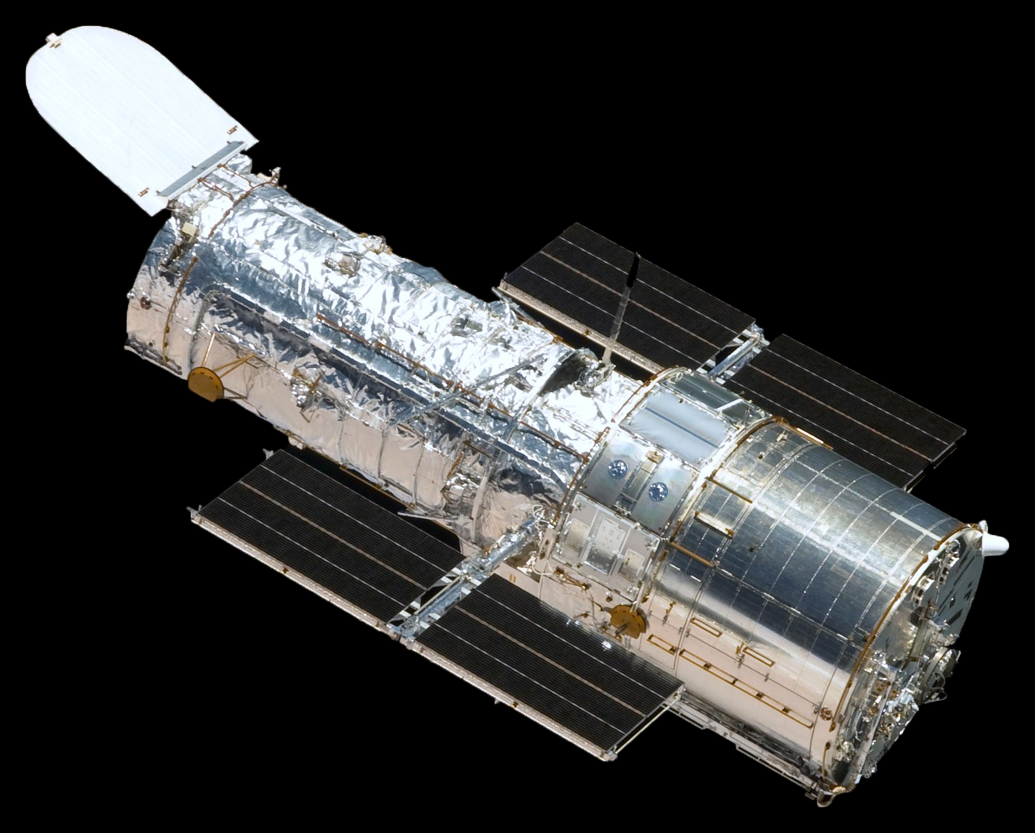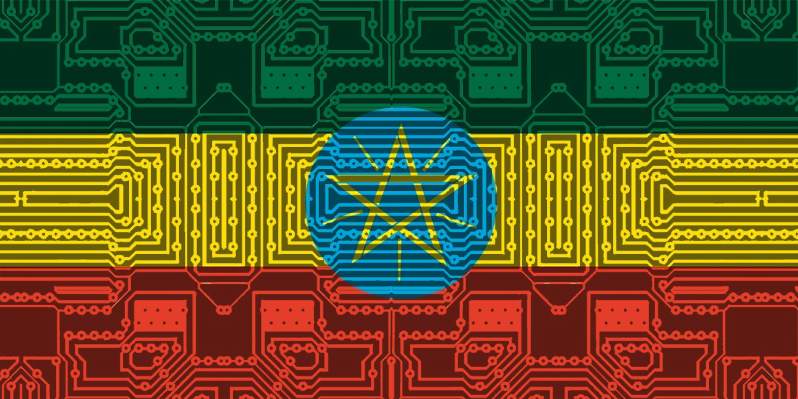
For centuries, humans have looked up at the night sky with a sense of wonder and curiosity. One of the most profound questions that has captivated astronomers and space enthusiasts alike is whether we are alone in the universe ...
For centuries, humans have looked up at the night sky with a sense
of wonder and curiosity.
One of the most profound questions that has
captivated
astronomers and space enthusiasts alike is whether we are alone in the universe.
The quest to find planets beyond our solar system, known as exoplanets, has been
a challenging endeavor that has spanned generations.
In this blog post, we
will
explore the historical challenges of discovering exoplanets and how the Kepler
Space Telescope brought about a revolutionary breakthrough in this field of
astrophysics.
The Challenge of Finding Exoplanets The search for
exoplanets is a task that
has perplexed astronomers for centuries. Unlike the planets in our solar system,
exoplanets are incredibly distant from Earth, and they do not emit their own
light. Instead, they are faint and almost invisible against the backdrop of
distant stars. This made their detection a formidable challenge.
Early Efforts Throughout history, astronomers
attempted to detect exoplanets
through various indirect methods. Some of the earliest attempts involved
measuring the gravitational wobbles, or perturbations, of stars caused by the
gravitational pull of orbiting planets. However, these efforts were limited by
technological constraints and the lack of precision instruments.
Kepler's Game-Changing Mission In March 2009, NASA
launched the Kepler Space
Telescope, named after the renowned 17th-century astronomer Johannes
Kepler.
This mission marked a significant turning point in the search for exoplanets.
Kepler was designed to identify exoplanets using a technique called the transit
method, which involves observing the slight dimming of a star's light when an
exoplanet passes in front of it.
 ⤷ Transit Method
Key Features of Kepler
1. Precision Photometry: Kepler was equipped with a highly sensitive
photometer
capable of detecting tiny changes in a star's brightness.
⤷ Transit Method
Key Features of Kepler
1. Precision Photometry: Kepler was equipped with a highly sensitive
photometer
capable of detecting tiny changes in a star's brightness.
2. Continuous Observation: The telescope continuously monitored a fixed
field of
stars in the Cygnus and Lyra constellations for exoplanet transits.
3. Vast Data Collection: Over its operational life, Kepler collected an
immense
amount of data, observing more than 100,000 stars.
Kepler's Remarkable Discoveries: During its mission, Kepler made a series of
remarkable discoveries, fundamentally changing our understanding of exoplanets:
1. Exoplanet Diversity: Kepler identified thousands of exoplanets,
revealing an
astonishing diversity in terms of size, composition, and orbital
characteristics.
2. Habitable Zone Worlds: Kepler discovered numerous exoplanets
within their
star's habitable zone, where conditions could potentially support liquid water
and life.
3. Statistical Data: By analyzing its vast dataset, Kepler provided
valuable
statistical insights into the prevalence of exoplanets throughout the Milky Way
galaxy.
Legacy of Kepler: While the Kepler Space Telescope officially ended its
mission
in 2018, its legacy lives on. It laid the foundation for future exoplanet
research and missions, inspiring the development of spacecraft like TESS
(Transiting Exoplanet Survey Satellite) and the James Webb Space Telescope,
which continue the quest for exoplanet discovery.























